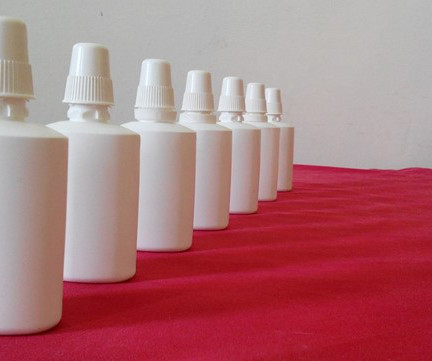Clinical Conundrums: Should I Pretreat Patients with Contrast Allergy Prior to IV Contrast Administration?
RebelEM
MARCH 12, 2024
Do you pretreat the patient prior to CT scan or proceed without delay and risk an allergic reaction? Administer the pretreatment medications as this should prevent any severe allergic reaction. The post Clinical Conundrums: Should I Pretreat Patients with Contrast Allergy Prior to IV Contrast Administration?


















Let's personalize your content